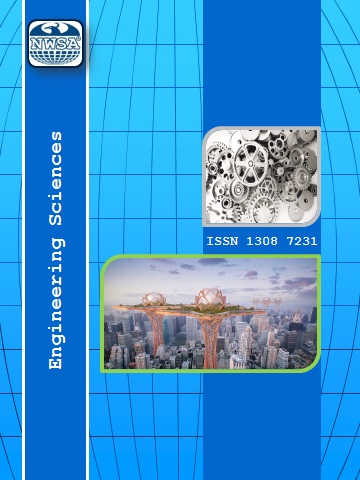INVESTIGATION OF MECHANICAL PROPERTIES AND MICROSTRUCTURE OF ALUMINUM BASED COMPOSITES REINFORCED WITH MULTI-WALLED CARBON NANOTUBES
Mahmut Can ŞENEL1
In this study, aluminum based composites reinforced with multi-walled carbon nanotube were produced by the powder metallurgy method. The effect of carbon nanotube amount (0.15, 0.30, and 0.45%wt.) on the microstructure, apparent density, porosity, compressive strength, and Vickers hardness of the aluminum based composites was examined. The powder metallurgy route consists of mixing, ultrasonic dispersing, drying, filtration, sintering, and pressing processes. The microstructure and crystal structure of specimens were examined by X-ray diffractometer and scanning electron microscopy, respectively. The highest mechanical properties were obtained at aluminum based composite reinforced with 0.3%wt. carbon nanotube. The test results showed that the compressive strength, Vickers hardness, and apparent density of 0.3%wt. carbon nanotube reinforced aluminum based composites were improved by ~72%, ~38%, and ~2% compared with those of pure aluminum, respectively. It was detected that the strength of carbon nanotube reinforced aluminum based composites are thought to be deteriorated because of the segregation or accumulation clustering carbon nanotubes observed under the scanning electron microscope.
Keywords
Carbon Nanotube,
Aluminum,
Composite,
Powder Metallurgy,
Microstructure,
 +90(535) 849 84 68
+90(535) 849 84 68 nwsa.akademi@hotmail.com
nwsa.akademi@hotmail.com Fırat Akademi Samsun-Türkiye
Fırat Akademi Samsun-Türkiye
